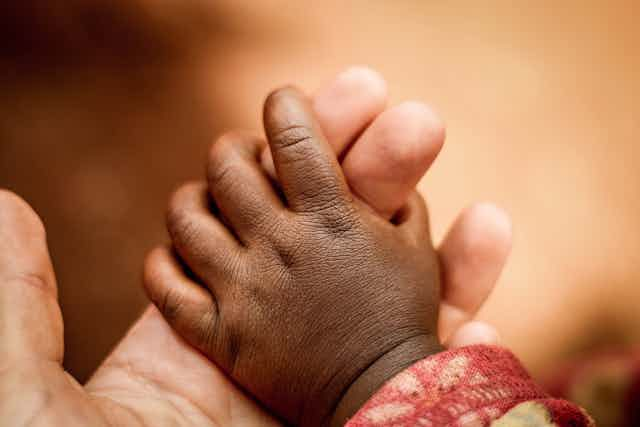In mid-November 2022 the eight billionth person will be born, according to the United Nations. In its analysis of this milestone, the UN makes two key observations. The first is that the global population has been expanding at its slowest rate since 1950. The growth rate dropped below 1% in 2020, a trend that is likely to continue. The second is that the growth in population has been due to the gradual increase in human lifespan owing to improvements in public health, nutrition, personal hygiene and medicine. It’s also the result of high and persistent levels of fertility in some countries. According to the UN, just eight countries are expected to be behind 50% of the population growth over the next 30 years. Five are in Africa: the Democratic Republic of Congo, Egypt, Ethiopia, Nigeria and Tanzania. Demographers Akanni Akinyemi, Jacques Emina and Esther Dungumaro unpack these dynamics.

What’s the significance of the eight billionth birth?
It raises concerns – scientists estimate that Earth’s maximum carrying capacity is between nine billion and 10 billion people. Appreciating these numbers requires an understanding of the distribution and demographic structure of the population. Where are these people across regions, countries, and rural and urban geographies? There is a potential upside to growing populations. It’s known as a demographic dividend. Population growth can be a blessing, spurring economic growth from shifts in a population’s age structure.
This is a prospect if working-age people have good health, quality education, decent employment and a lower proportion of young dependants.But realising this dividend depends on a host of things. They include the structure of the population by age, level of education and skills, and living conditions, as well as the distribution of available resources. The consequences of population growth are socioeconomic, political and environmental. Some of them can be negative. How these unfold is determined by the characteristics of the population and its distribution.
Why are birth rates so high in five African countries?
The major factors driving population growth in these countries include low contraceptive use, high adolescent fertility rates and a prevalence of polygamous marriages. There’s also the low education status of women, low to poor investment in children’s education, and factors related to religion and ideas. The use of modern contraceptives is generally low across sub-Saharan Africa. The overall prevalence is 22%. In the Democratic Republic of Congo, however, the uptake of short-acting contraceptives is at 8.1%. In Nigeria, it is at 10.5%. The uptake in Ethiopia is 25%, in Tanzania it’s 27.1% and in Egypt 43%.For long-acting family planning methods, apart from Egypt with over 20% uptake, the other four countries driving population growth in the region recorded very poor uptake. This low uptake will logically lead to a population explosion. Some of the factors associated with high contraceptive use in Africa are women’s education, exposure to news and mass media, good economic status and urban residency. The adolescent fertility rate in sub-Saharan Africa – while showing a downward trend – is still relatively high. The adolescent fertility rate captures the number of births per 1,000 girls aged 15 to 19. In sub-Saharan Africa, it stands at an average of 98 births per 1,000 girls.




